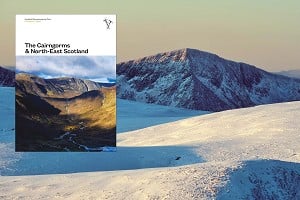
The latest Rockfax guide to South Wales Sport Climbs has just been published and we have managed to get two reviews which complement each other nicely. The first is from South Wales devotee Rob Watt, and the second came from guidebook collector and aficianado Dave Price (UKC article about Dave and his amazing collection here). As is always the case with reviews for UKClimbing's sister company Rockfax, we just send them the book and publish what they write.
South Wales Sport Climbs reviewed by Rob Watt
I have looked forward to the publication of the South Wales Sport Climbs Rockfax for the last year or so, since discovering that it was being produced, so when the book arrived in the post it would have been inappropriate not to settle down and read it from cover to cover straight away!
Mark Glaister and the team of Roy Thomas, Goi Ashmore and Gary Gibson have produced a wonderful piece of work with this bumper edition containing around 1750 routes. The quality and the detail contained in the publication are second to none, the layout makes for easy reading, and locating each specific cliff via the detailed approach information is simple and quick. The book is a testament to the amount of effort that the new routers and equippers have put in, the time consuming work they have carried out and the routes they have provided for our enjoyment.
The majority of the photos are very good and, along with the written introductions, help give a broad impression as to what each area has to offer. The action photos also aid the enthusiastic, or even the jaded climber, choose their next project, route or crag that best meets their needs for the day.
There is a plethora of quality climbing to be found in this area of diverse landscapes that range from seaside to mountaintop. I'm sure that, as it has proved to be for me, South Wales Sport Climbs will open up lots of possibilities for both the local climber and those travelling from further afield to explore and enjoy. From what I have experienced, whether up in the Valleys, or down on the coast, there is just so much to go at - something for all. Go and explore, I don't think you will be disappointed.
To give an idea of just some of what is on offer away from the better-known spots I have highlighted some of the more recently-developed areas covered in the guidebook.
On Gower at Rhossili, crags such as Black Buttress and Mermaid Wall (adjacent to the already well-travelled Shipwreck Cove) should become increasingly popular with teams looking for something a little different in terms of a lower grade sport venue. When timed correctly with a low tide, in sunny conditions, the wall becomes 'sport for all', an ideal location for teams of mixed ability looking to enjoy sport climbing in a fantastic beach setting. A little further along the coast is Free Lunchers Zawn - a must for the grade 6 leader with a great set of routes away from the crowds. There are many more gems tucked away on the coast which supplement the well-established spots of Foxhole and Minchen Hole; these include the exposed Third Sister and the tidal Golden and Bosco's Gulch.
The seaside cliffs of Pendine and Morfa Bychan should offer plenty of challenges to keep you busy for many visits including some very recent additions. Although a little further away from the other South Wales locations, this part of Carmarthenshire is worth seeking out now that the routes are well documented. Flicking through the guide confirms that there are so many starred routes on quality rock that I'm already looking forward to the spring months to sample more. These walls should appeal to many climbers.
Closer to Cardiff the book covers the bulging walls and overhangs at Witches Point and on the other side of the headland Temple Bay. Both venues offer the potential for rewarding days out on sport routes from grade 4c to 8a+, with the benefit of fine beaches to relax on in between climbs.
Moving away from the coast the inland options are plentiful. The bastion of Dinas Rock is a must if you are searching for quality routes in the higher grades, whilst the Taff's Well cliffs, close to Cardiff and the M4, offer a good selection of routes to choose from – convenient but with an urban setting. To the north and easily reached from the pleasant towns of Crickhowell and Abergavenny, Gilwern and Gilwern East are two very pleasant quarries both holding some particularly nice routes on sound clean rock.
The guide does justice to the quality and volume of routes that can be found on the quarried sandstone crags of the Valleys - these crags have been popular for a number of decades and have undergone a very positive makeover with lots of new routes and re-equipping. A few of my recent highlights have included days out at the small but perfectly formed Tirpentwys, the popular Sirhowy with its clean smart walls and the very pleasant Navigation Quarry that holds some very good lines.
I have named just a few crags, but the guidebook covers many more to explore and enjoy.
South Wales Sport reviewed by Dave Price
With its winning formula Rockfax has become synonymous with large photo topos, intelligent layout, stunning imagery and value for money. I wonder if in 1992, as Alan James penned his first Rockfax book Peak Limestone, could he have dreamed that the Rockfax brand would now be the market leader in selective guides, with twenty seven books in print? Rockfax has had a major influence on UK guidebook publication, with its style often replicated by its competitors.
The newly released South Wales Sport Climbs by Mark Glaister is the first Rockfax guide to sport climbing in South Wales. This milestone guide, the most comprehensive to bolted routes in South Wales ever produced, boasts a spine-busting 1750 routes. It is Mark's thirteenth book, and he has established himself as a first class guidebook author.
With over one hundred and fifty UK climbing guides in print, the task of creating original publications might seem an impossible task. However with a debut at the Tokyo Olympics in 2020 climbing has never before seen such an explosion of rock virgins eager to try the sport. South Wales Sport Climbs' range is extensive, with limestone and sandstone sea cliffs and quarries spanning from the Welsh borders to Pembrokeshire. The area provides something for everyone, with grades from 3a to 8b+. It's just two and a half hours from the M25 via the M4, and an easy day destination from Bristol or Birmingham. For students or those living in Cardiff or Swansea the potential for year round accessible sport climbing is staggering. The guide is split into four areas Carmarthenshire, Gower, The Valleys Sandstone and Inland and Coastal Limestone. The images demonstrate just how diverse the climbing is, ranging from dramatic sea cliffs to urban quarries.
Talking with Mark I sensed a huge excitement over recent months. He told me, "Having climbed all over the world for many years I aim to produce guides that I wish I could have bought before I visited an area; a visual treat that both informs and inspires in a simple but effective format (and also crucially in print and easily available). Large photo topos with route descriptions on the same page is a given, flicking around from page to page just wont do! I believe the Rockfax format makes choosing a crag and climb not only simple but a pleasure. Often I talk with climbers who use our guides and the most frequent comment is how the guide's large topos combined with all that is Rockfax gives a winning combination".
As with all the Rockfax guides, large sharp photo topos dominate this book. Colour coding splits climbs into four groups by grade, and eleven symbols cover every aspect of individual route information. A further thirteen symbols cover useful crag information, for example, aspect and popularity which combine beautifully with the excellent maps.
Action photographs inspire with every turn of the page! Two thirds of the action shots are produced by Mark himself, my favourite being of Paul Cox on Hanger Them High (6a+) p164. Sadly there are only five images by my favourite photographer Mike Hutton - I was left wanting more. The pick of the action images is of Naomi Buys climbing Goose in Lucy (6c+) p80 by Mike Hutton. In addition Simon Rawlinson's superb cover shot is of real quality and Bridget Glaister's image of Hung Over (6a+) p122 very much hits the spot. The Valleys Sandstone images have an urban feel and remind me of the graffiti clad walls of Pex Hill and Frogsmouth Quarry.
Gary Gibson makes a contribution, his first outing with Rockfax. The Gibson family have made a major contribution to UK climbing over many years. With Gary responsible for over four thousand new routes, he's a man for whom Olympic gold would be a certainty if new routing were a discipline. Meanwhile his brother Phil has produced close to three hundred stunning crag diagrams for the Climbers Club and BMC. Gary is a major player in new route development in South Wales, and I counted over three hundred in which he played a part. Gary's pick is Dinas Rock, "The best cliff in South Wales".
Roy Thomas and Goi Ashmore also play a part with combined involvement in around nine hundred new routes. Roy led or seconded a boot-destroying eight hundred or so new lines. Jointly responsible for the SWMC Gower & S.E. Wales 2003 guide, Goi also produced Southeast Wales Sandstone 1991 and 1995. The trio of Gibson, Thomas and Ashmore leave their mark on a staggering fifty percent of the South Wales Sport Climbs routes.
One small criticism; I would like the return of the write in panel located on the title page with the words 'This book belongs to...' And possibly Rockfax may just consider just one drawn (schematic) crag diagram per edition. In doing so it would help keep the art alive.
South Wales Sport Climbs is a myriad of great images backed up with easy-to-follow symbols and information that will direct you to the right crag on the right day. Rockfax continues to be exceptional value for money, with South Wales Sport Climbs also soon to be available on the Rockfax App.
What Rockfax say...


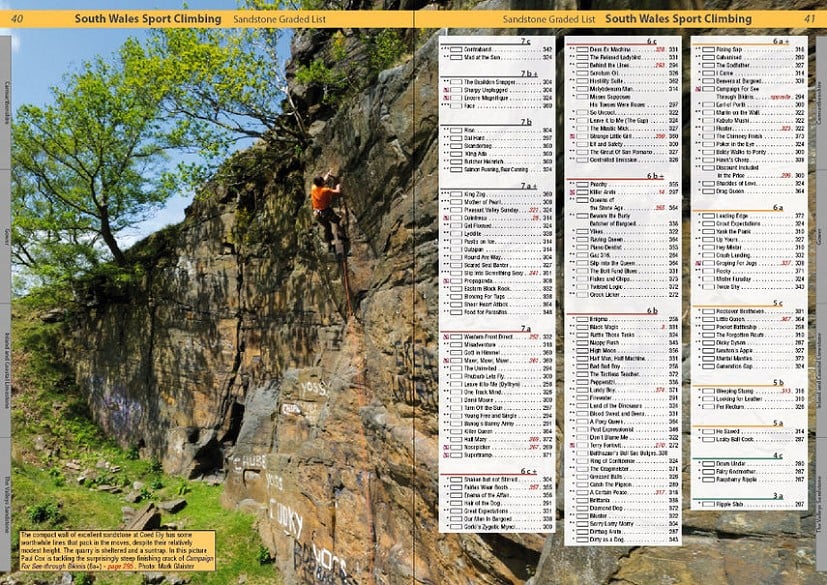
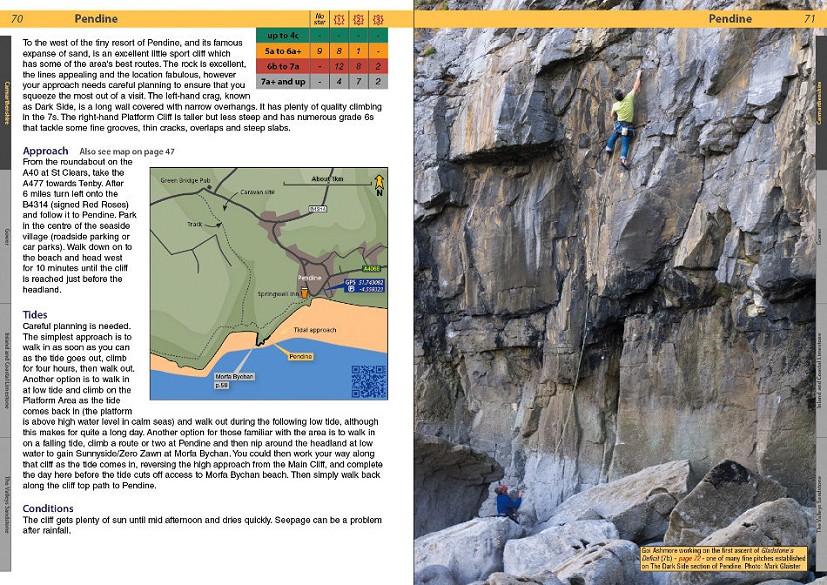


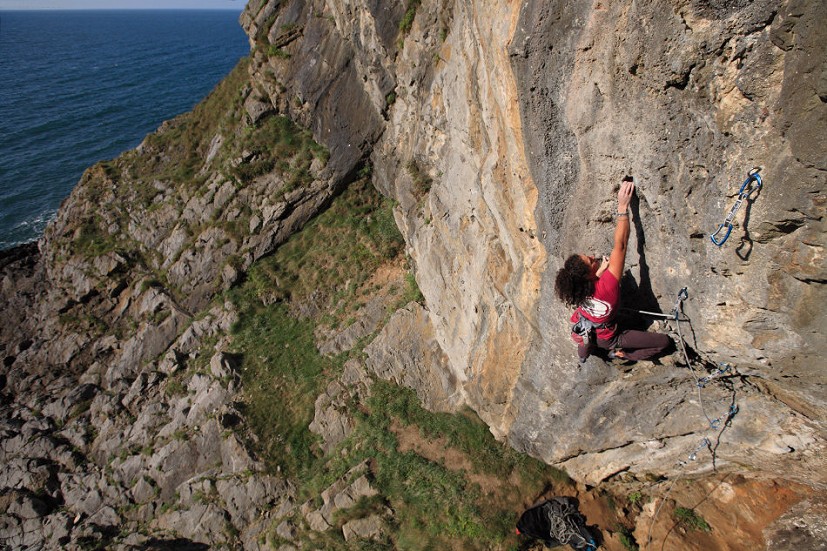
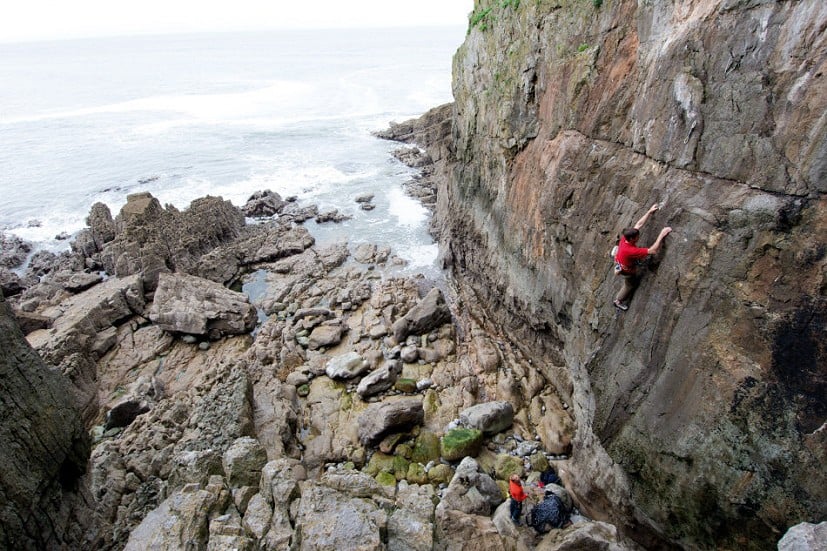

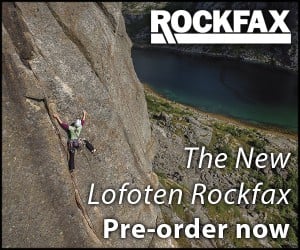
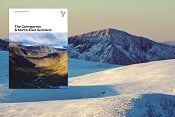
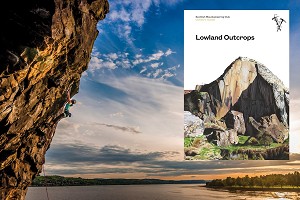
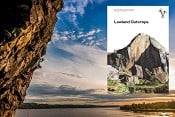


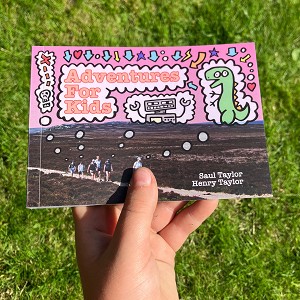
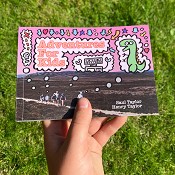
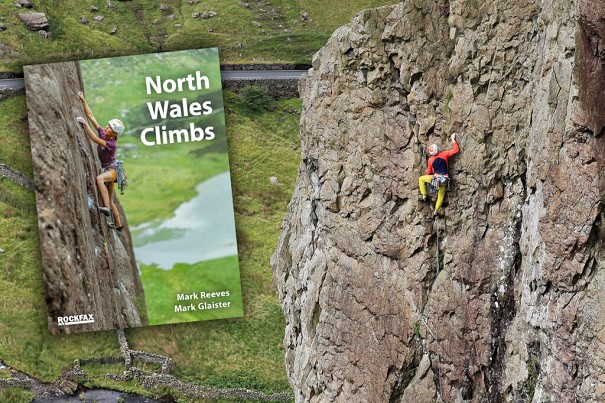
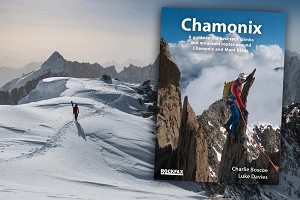
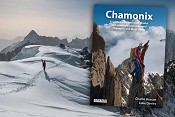
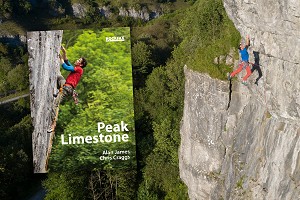


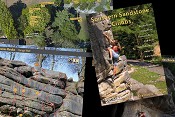
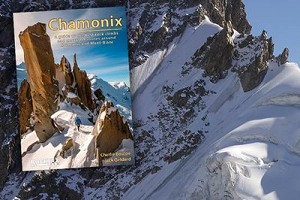

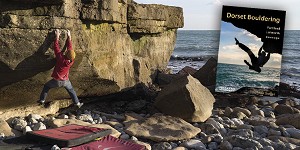

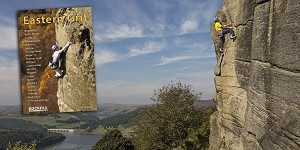

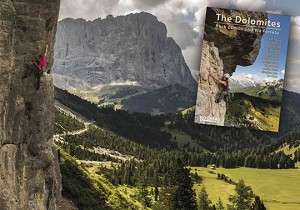
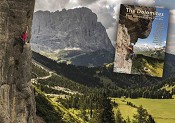


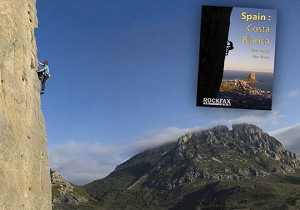
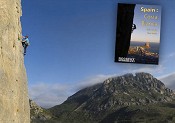
Comments